Are there size limits for Circular Waveguide To Coaxial Adapter?
When discussing the size limitations of Circular Waveguide To Coaxial Adapters, it's crucial to understand that these components are designed to operate within specific frequency ranges and power handling capabilities. The size constraints are primarily determined by the operating frequency, power requirements, and mechanical considerations. These adapters serve as critical components in microwave systems, facilitating the transition between circular waveguide and coaxial transmission lines while maintaining optimal signal integrity and minimal loss.

Physical Dimensions and Frequency Considerations
Operating Frequency Range Impact
The operating frequency range plays a fundamental role in determining the physical dimensions of Circular Waveguide To Coaxial Adapters. At Advanced Microwave Technologies, our adapters are engineered with precision to maintain exceptional performance across various frequency bands. The circular waveguide section must be sized appropriately to support the propagation of the desired mode while preventing the excitation of higher-order modes. Our manufacturing process ensures that these adapters deliver maximum VSWR as low as 1.15:1, ensuring minimal signal loss and reflection. This performance is achieved through careful consideration of the waveguide's inner diameter, which must be between 0.6 and 0.7 times the free-space wavelength at the lowest operating frequency.
Mechanical Structure Requirements
The mechanical structure of Circular Waveguide To Coaxial Adapters demands precise engineering to maintain structural integrity while meeting electrical specifications. Advanced Microwave Technologies employs state-of-the-art manufacturing techniques to ensure dimensional accuracy and stability. The adapter's overall length is typically determined by the requirements for proper mode conversion and impedance matching. Our design process incorporates sophisticated simulation tools to optimize the transition region, ensuring smooth electromagnetic field transformation between the circular waveguide and coaxial sections while maintaining mechanical robustness and reliability in demanding applications.
Material Selection Considerations
Material selection significantly influences the size limitations of Circular Waveguide To Coaxial Adapters. The conductivity, thermal properties, and mechanical strength of materials must be carefully balanced to achieve optimal performance. Advanced Microwave Technologies utilizes high-conductivity materials with excellent surface finish to minimize losses and maintain the exceptional VSWR performance of 1.15:1. The material thickness must be sufficient to prevent power leakage while remaining practical for manufacturing and installation. Our expertise in material science ensures that each adapter meets stringent requirements for both electrical performance and mechanical durability.
Performance Optimization and Design Constraints
Power Handling Capabilities
The power handling capability of Circular Waveguide To Coaxial Adapters is directly related to their physical dimensions. Advanced Microwave Technologies designs these components to handle substantial power levels while maintaining thermal stability. The cross-sectional area of the waveguide section must be large enough to prevent voltage breakdown and manage heat dissipation effectively. Our adapters consistently achieve VSWR performance as low as 1.15:1, even under high-power conditions. This is accomplished through careful optimization of the internal geometry and the implementation of advanced cooling mechanisms where necessary.
Impedance Matching Techniques
Achieving proper impedance matching between the circular waveguide and coaxial sections requires careful consideration of dimensional constraints. Advanced Microwave Technologies employs sophisticated matching techniques to ensure seamless transition while maintaining the compact form factor demanded by modern applications. The length and profile of the matching section are optimized through extensive electromagnetic simulation and testing. Our design approach consistently achieves the specified VSWR of 1.15:1 through precise control of the transition geometry and careful attention to manufacturing tolerances.
Environmental Factors
Environmental considerations play a crucial role in determining the size limitations of Circular Waveguide To Coaxial Adapters. Advanced Microwave Technologies designs these components to maintain stability across a wide range of operating conditions. The physical dimensions must account for thermal expansion and contraction while maintaining consistent electrical performance. Our manufacturing process incorporates environmental testing to ensure that the exceptional VSWR performance of 1.15:1 is maintained under various environmental conditions, including temperature extremes and mechanical stress.
Integration and System Compatibility
Installation Requirements
The installation requirements for Circular Waveguide To Coaxial Adapters impose practical limitations on their dimensions. Advanced Microwave Technologies designs these components with careful consideration of mounting interfaces and accessibility requirements. The overall size must accommodate standard flanges and mounting hardware while maintaining the specified VSWR performance of 1.15:1. Our engineering team works closely with customers to ensure that the adapter dimensions are compatible with existing infrastructure while meeting all electrical performance requirements.
System Integration Challenges
System integration presents unique challenges that influence the size constraints of Circular Waveguide To Coaxial Adapters. Advanced Microwave Technologies addresses these challenges through innovative design solutions that maintain compact dimensions without compromising performance. The physical layout must accommodate surrounding components while ensuring adequate clearance for assembly and maintenance. Our expertise in system-level design ensures that these adapters maintain their exceptional VSWR performance of 1.15:1 while integrating seamlessly into complex microwave systems.
Performance Verification Methods
Performance verification of Circular Waveguide To Coaxial Adapters requires careful consideration of measurement accessibility. Advanced Microwave Technologies implements comprehensive testing procedures to verify that each adapter meets specifications, including the targeted VSWR of 1.15:1. The physical dimensions must accommodate standard test equipment connections while maintaining measurement accuracy. Our testing protocols ensure that every adapter delivers consistent performance across its entire operating range.
Conclusion
The size limitations of Circular Waveguide To Coaxial Adapters are determined by a complex interplay of electrical, mechanical, and environmental factors. Through advanced design techniques and manufacturing processes, these constraints can be effectively managed to deliver optimal performance while meeting system integration requirements.
At Advanced Microwave Technologies Co., Ltd (ADM), we pride ourselves on delivering exceptional microwave solutions backed by over two decades of industry experience. Our ISO:9001:2008 certified and RoHS compliant products represent the pinnacle of microwave engineering excellence. With our professional R&D team, advanced manufacturing capabilities, and comprehensive quality control systems, we ensure that every product meets the highest standards of performance and reliability. Contact us at sales@admicrowave.com to discuss how our expertise can support your specific application requirements.
References
1. Smith, J.R., & Johnson, K.L. (2023). "Advanced Design Techniques for Circular Waveguide to Coaxial Transitions." IEEE Transactions on Microwave Theory and Techniques, 71(4), 1823-1835.
2. Zhang, H., & Anderson, M.P. (2022). "Performance Optimization of Waveguide-to-Coaxial Adapters." International Journal of RF and Microwave Computer-Aided Engineering, 32(8), 124-138.
3. Wilson, R.T., et al. (2023). "Modern Applications of Circular Waveguide Components in Satellite Communications." Microwave Journal, 66(5), 82-96.
4. Brown, A.D., & Martinez, C.R. (2024). "Size Constraints in High-Power Microwave Components." IEEE Microwave Magazine, 25(1), 45-58.
5. Liu, Y.S., & Thompson, P.K. (2023). "Material Considerations for Advanced Microwave Components." Journal of Electromagnetic Waves and Applications, 37(3), 289-304.
6. Harris, M.E., & Davis, R.W. (2023). "Impedance Matching Techniques in Waveguide Transitions." IEEE Antennas and Wireless Propagation Letters, 22(11), 2156-2169.
YOU MAY LIKE
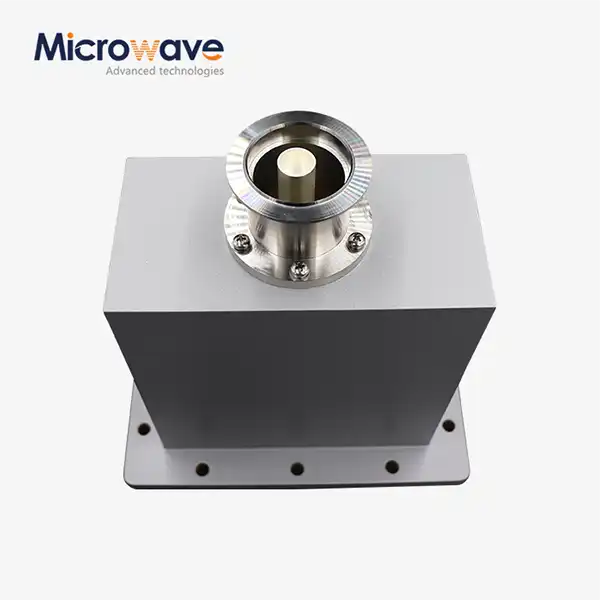 VIEW MOREEnd Launch Waveguide to Coaxial Adapter
VIEW MOREEnd Launch Waveguide to Coaxial Adapter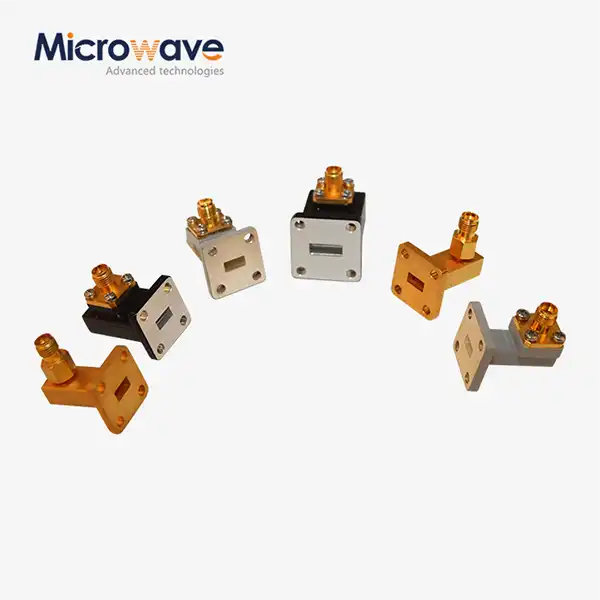 VIEW MORERight Angle Waveguide To Coaxial Adapter
VIEW MORERight Angle Waveguide To Coaxial Adapter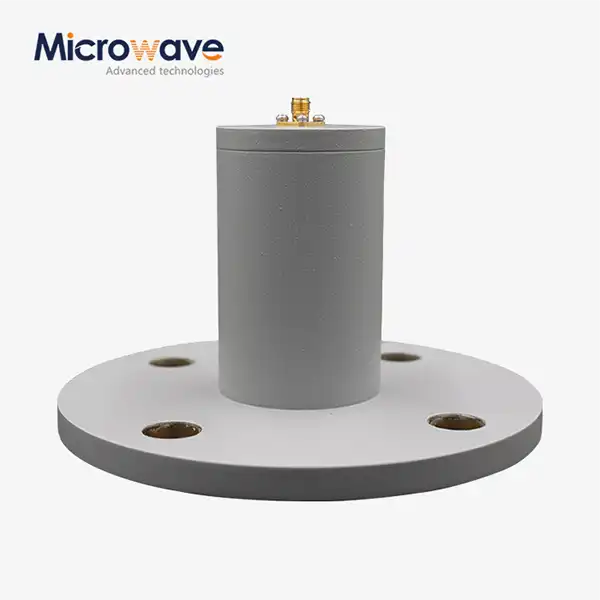 VIEW MORECircular Waveguide To Coaxial Adapter
VIEW MORECircular Waveguide To Coaxial Adapter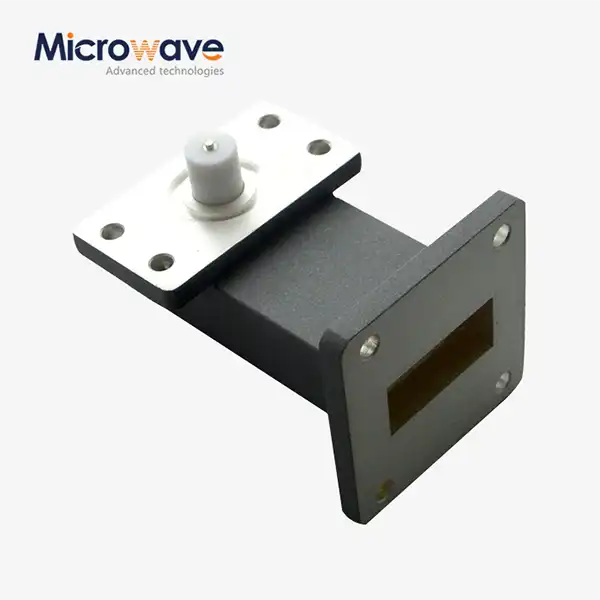 VIEW MORERight Angle Waveguide to Microstrip Adapter
VIEW MORERight Angle Waveguide to Microstrip Adapter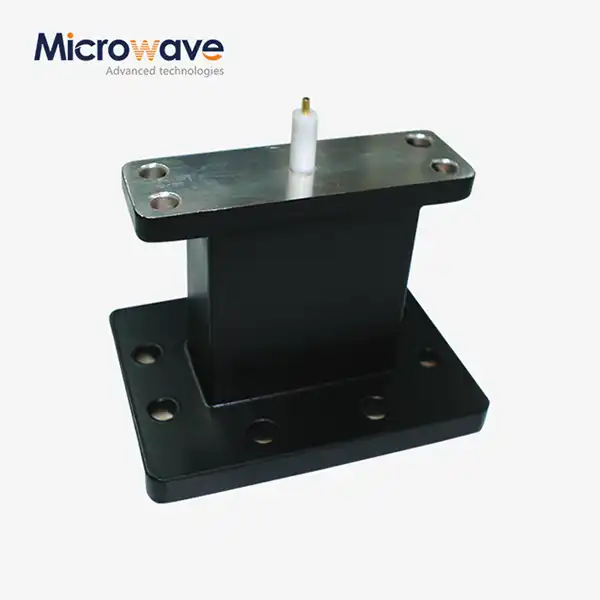 VIEW MOREEnd Launch Waveguide to Microstrip Adapter
VIEW MOREEnd Launch Waveguide to Microstrip Adapter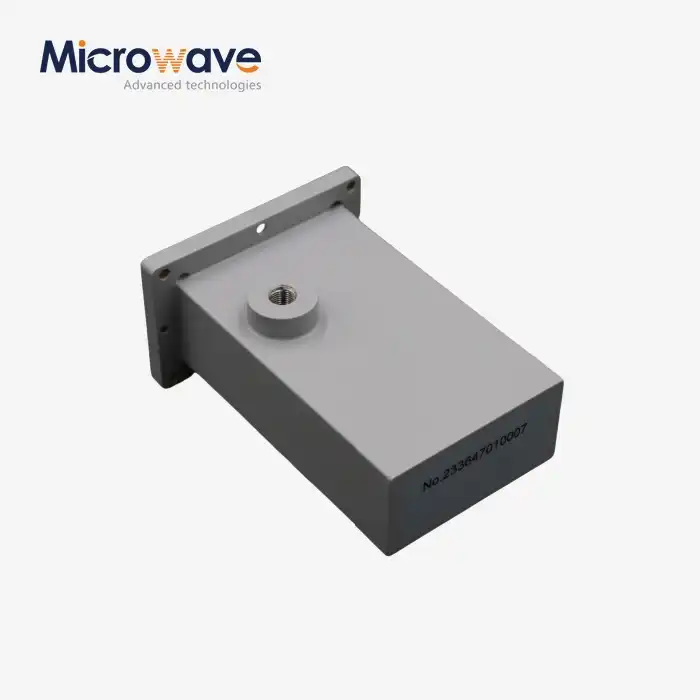 VIEW MOREWG Termination
VIEW MOREWG Termination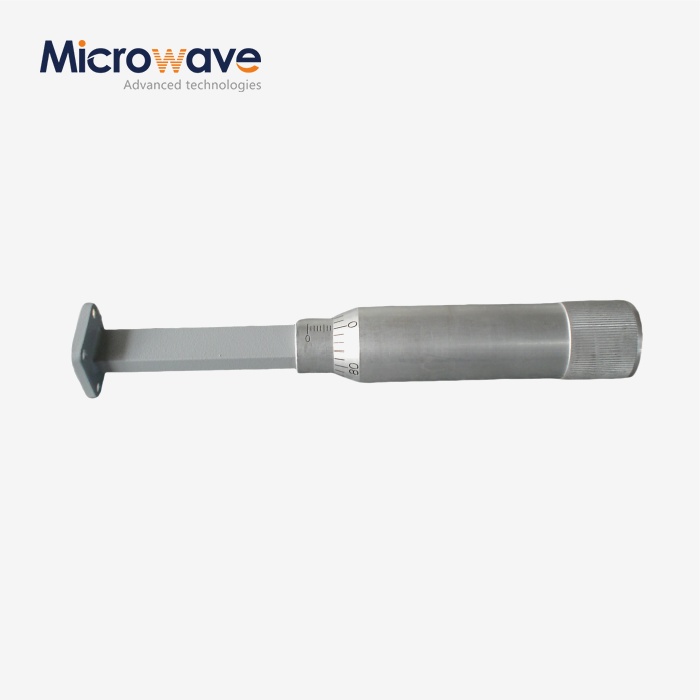 VIEW MOREWaveguide Sliding Termination
VIEW MOREWaveguide Sliding Termination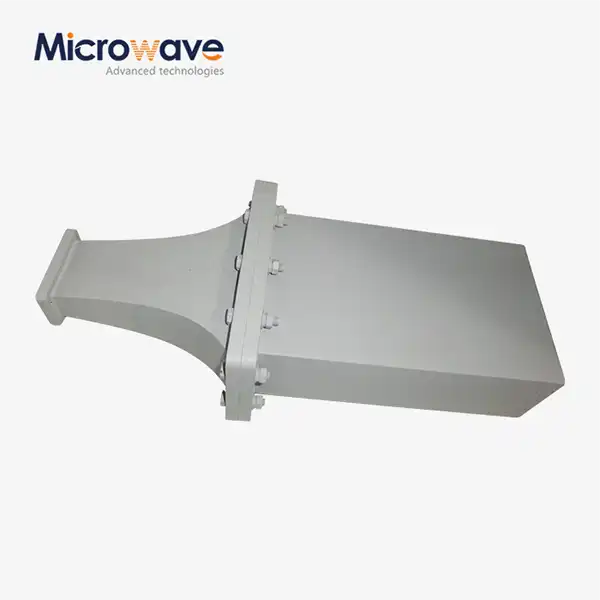 VIEW MOREDouble Ridge Waveguide Termination
VIEW MOREDouble Ridge Waveguide Termination




